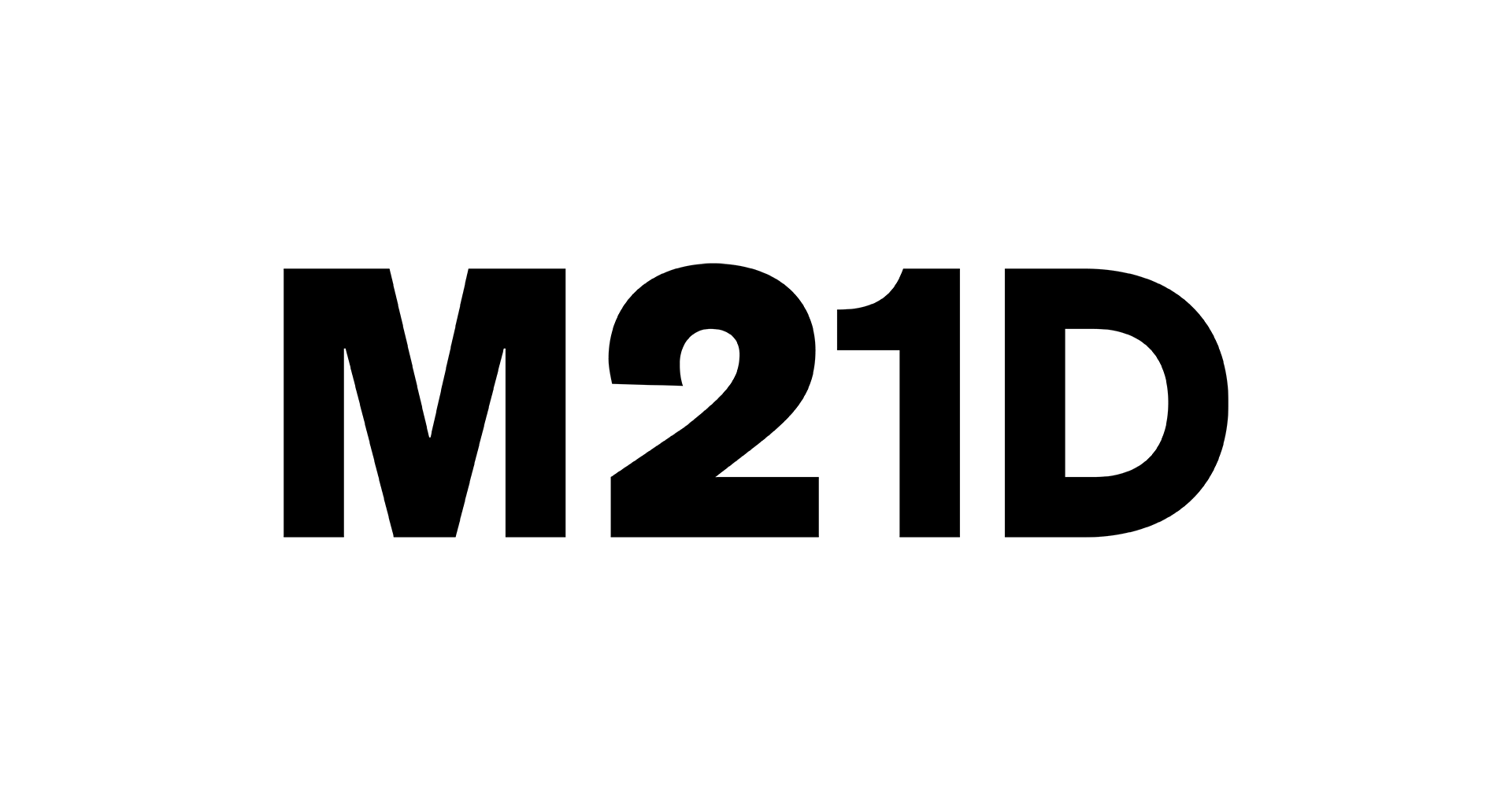GreenWave 3D Ocean Farm

Image credit: GreenWave
Materials
Oysters, mussels, clams, and seaweed on ropes anchored to the ocean floor
Labor
Ongoing research into the working conditions for the manufacturing and use of the farming system
Creators
Co-founders Bren Smith and Emily Stengel with the GreenWave team of over 50 people; partner farmers and scientists
Uses
System of ocean farms, education, and funding opportunities that keep humans working, fed, and in community while reclaiming the environment.
Access
GreenWave’s 3D ocean-farm development program, which guarantees purchase of 80 percent of crops from new farmers for the first five years
Equality
Ocean farms and the GreenWave organization helps retrain and equip people who once worked in the fishing industry
Life cycle
Ocean farms sequester carbon, provide an alternative to energy-dense land farming, and extend employment opportunities to those who fish and farm endangered creatures and crops. Ocean farms are free of feed, fertilizers, antibiotics, and pesticides, removing many of the long-term damage caused by conventional farming
Do you have something to add? Let us know! info@m21d.org
Designing a Better Way for Humans to Coexist with Oceans
Climate change doesn’t only affect land, and its impacts on water isn’t only about melting ice. The temperature and chemistry of oceans is changing so quickly that seafood supplies are diminishing and overwhelming tropical storms are increasing, according to United Nations scientists. Add to these changes the overfishing of oceans and the growing problems of land farming, humans need to develop alternative food sources.
GreenWave offers an important part of the solution that feeds humans while reclaiming the environment. GreenWave’s 3D ocean farms comprise a series of nets, ropes, and anchors that survive against strong weather and create growing environments for oysters, mussels, clams, and seaweed.
These edible products don’t require feed, fertilizers, antibiotics, or pesticides, removing many of the long-term damage caused by conventional farming practices. Furthermore, the type of plants and creatures that grow in the ocean farms sequester carbon. “If you covered six percent of the ocean with our farms, you could feed the world and capture all of man’s carbon,” GreenWave’s co-founder Bren Smith said to RollingStone. 3D ocean farms provide an alternative to energy-dense land farming.
Creating New Alliances: the Working Class and Conservation
GreenWave focuses on supporting those most likely to lose the most due to climate change: low-paid people working in agriculture and food production. GreenWave helps people in the fishing industry to transfer their efforts to ocean farms. Smith told RollingStone: “Everyday people can farm the ocean. It’s a job that gives people agency and the fulfillment of growing food, while helping to solve some of our world’s biggest challenges: climate change and food insecurity.” Fishermen can become ocean farmers for their future and the future of their communities.
GreenWave is here to help with the transition. With the help of corporate sponsors and other partners, its development program guarantees the purchase of 80 percent of crops from new farmers for the first five years. Reliable income supports individuals and communities adjust to new jobs and new products; GreenWave isn’t shy about the fact that western cultures will need some time to get used to the idea of incorporating kelp into their diets.
GreenWave is Only One Part of the Plan
The organization is involved with the creation of a “Blue New Deal,” as a complementary program to the Green New Deal, which focuses almost exclusively on land topics. The proposal emphasizes restoring and replanting coastlines. Afterall, wetlands, seagrasses, and mangroves can absorb up to five times more carbon per acre than a rainforest.
GreenWave 3D Ocean Farms and M21D
M21D eagerly follows the development and expansion of GreenWave and its 3D ocean farms, as it helps farmers cultivate more acreage and distribute their goods.
Resources
The 25 Best Inventions of 2017, Time Magazine
This “ocean farmer” could make you hopeful about the future of the sea, Grist
A New Leaf, The New Yorker
Special Report on the Ocean and Cryosphere in a Changing Climate, International Panel on Climate Change
